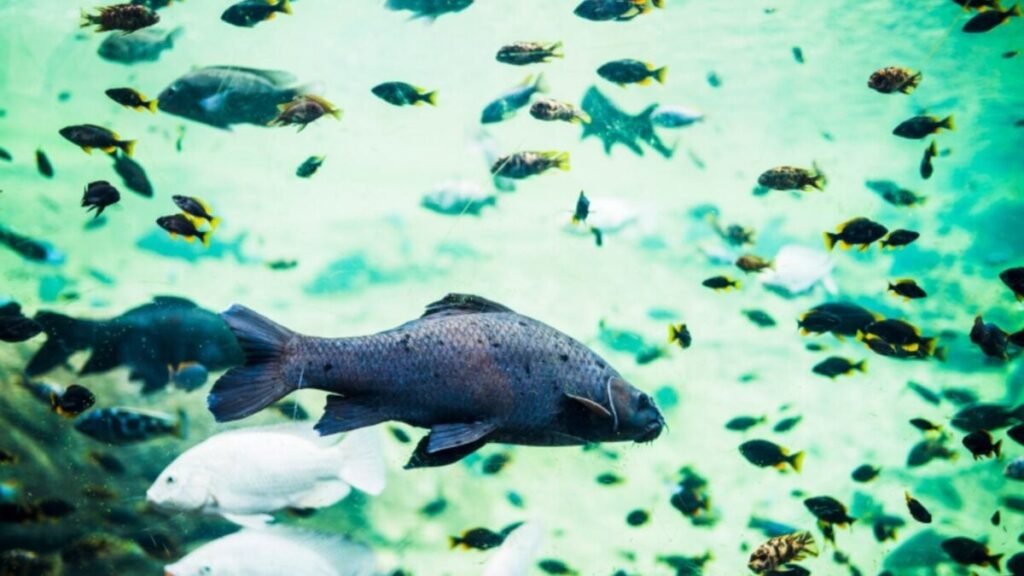The Antarctic fish’s icy secret: jaw evolution

In one of the most extreme environments on the planet, Antarctic fish have not only survived but also expanded into dozens of species. A study led by Rice University reveals that their ability to reinvent their skulls, creating flexible and specialized jaws, was key to their success. This discovery redefines our understanding of evolution in hostile environments and shows that biological innovation can open unexpected doors to life.
Modularity as an evolutionary driver
The study published in PNAS shows that the notothenioids reorganized their skulls and incorporated a new bone module, allowing their upper and lower jaws to evolve independently for multiple feeding strategies. This fragmentation provided evolutionary freedom, enabling them to adjust their diet as Antarctica changed.
Jaws adapting to the environment
The analysis of over 170 species with microtomography revealed how these innovations led to specialized jaws and suction structures to capture fast-moving animals in open waters. This flexibility was crucial during glaciation phases and climatic instability, allowing rapid evolution of elements like the maxilla to redefine how fish caught their prey.
A story marked by antifreeze
The evolution of Antarctic fish began with a South American ancestor that had antifreeze proteins in its blood, providing a significant advantage for survival and diversification without competition. Researchers argue that this discovery not only explains the success of Antarctic fish but also demonstrates how modularity can pave evolutionary pathways in hostile environments, highlighting the ability of life to thrive through reinvention.






